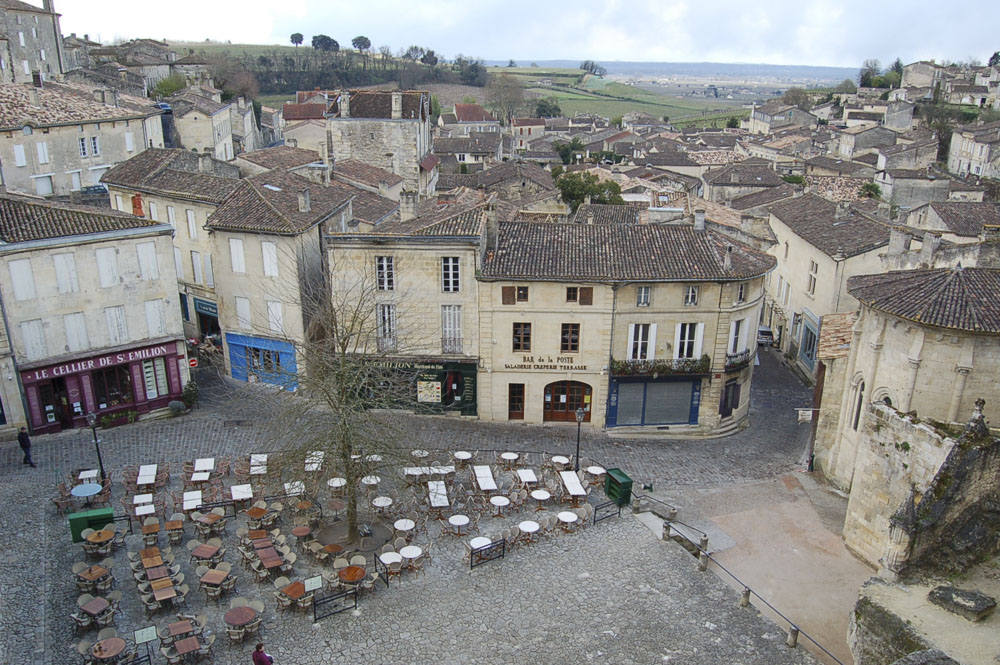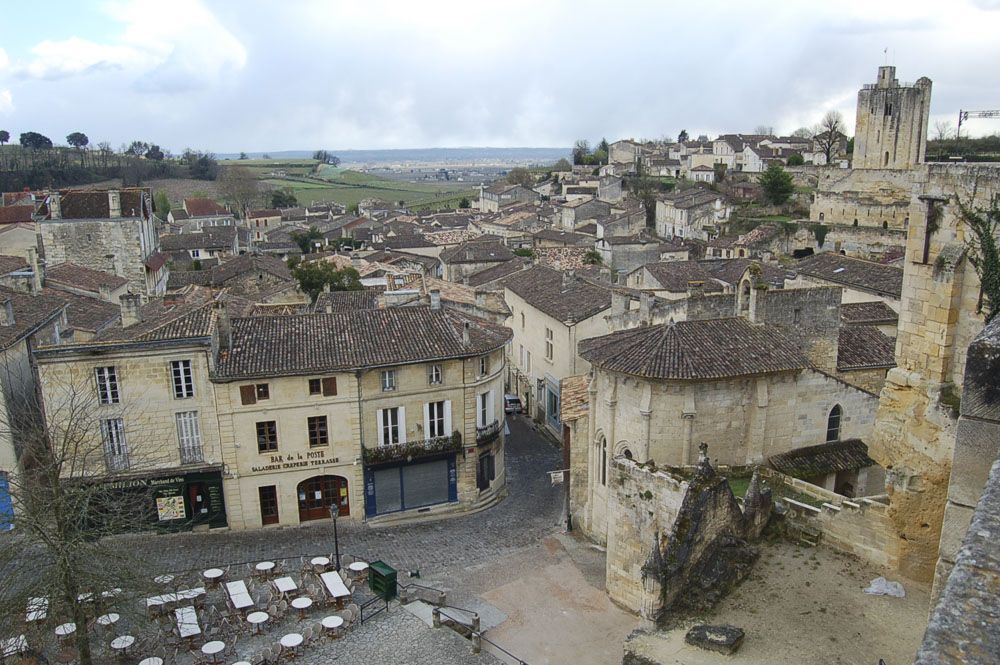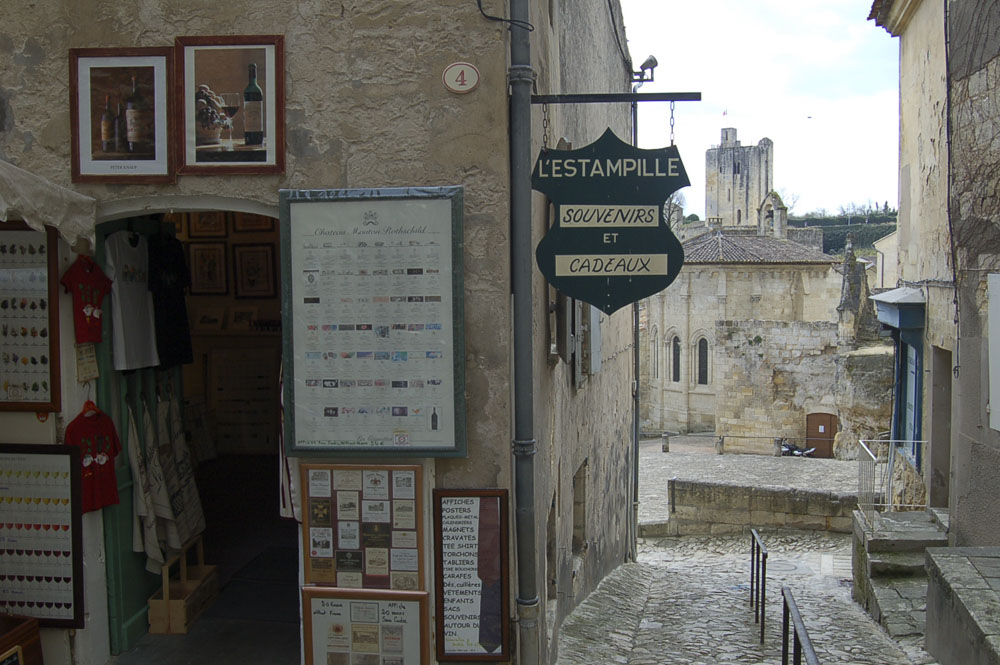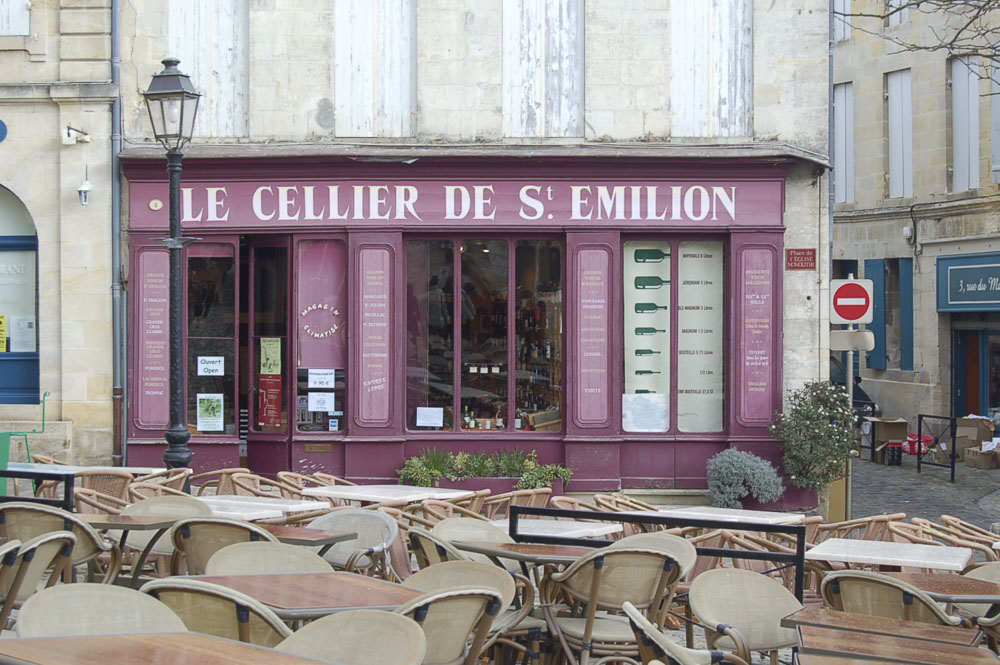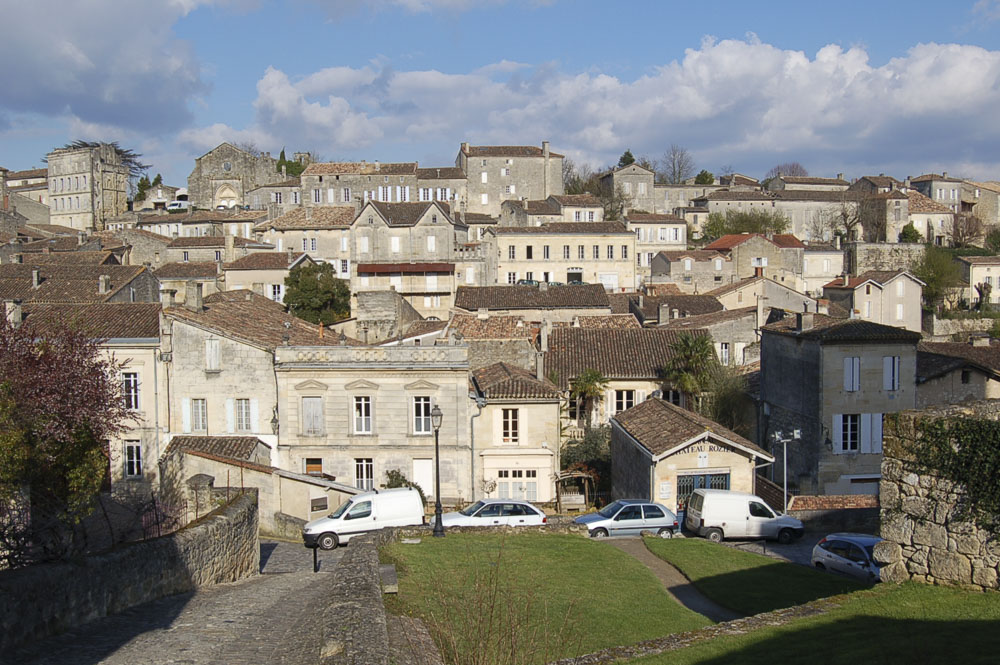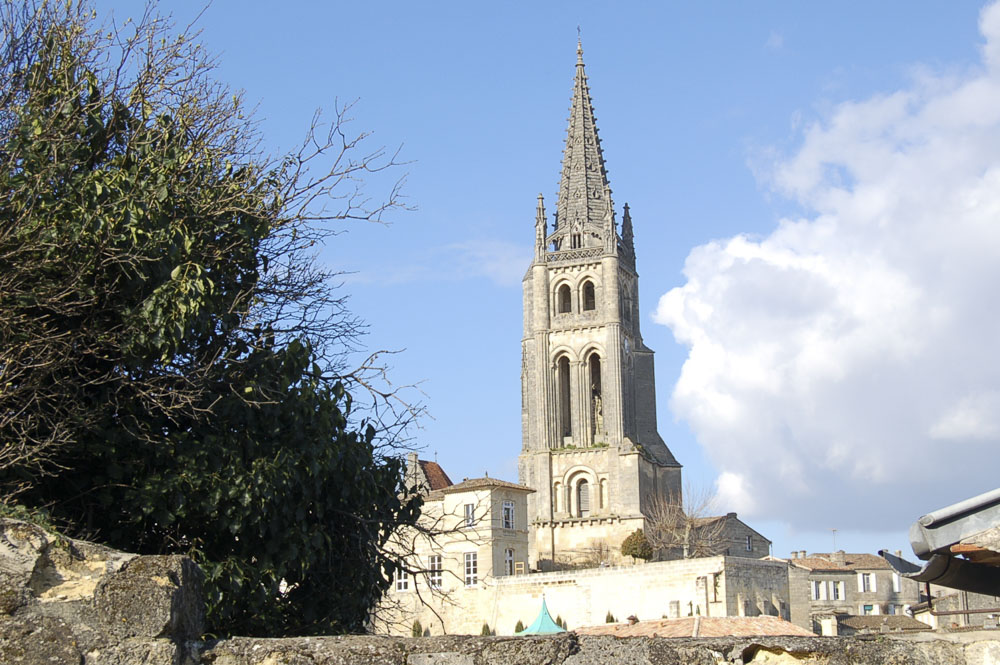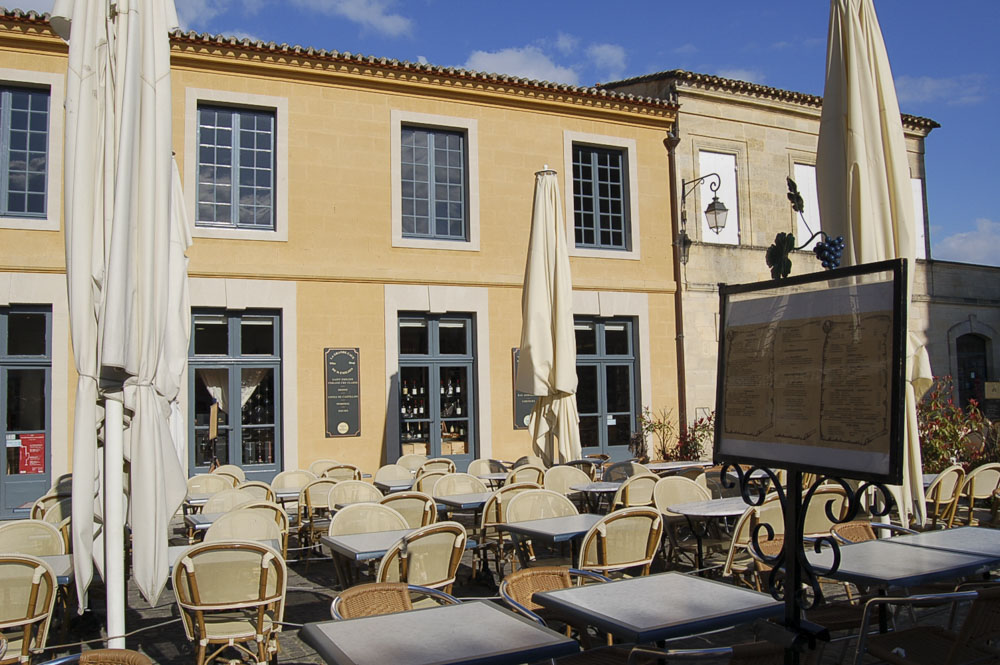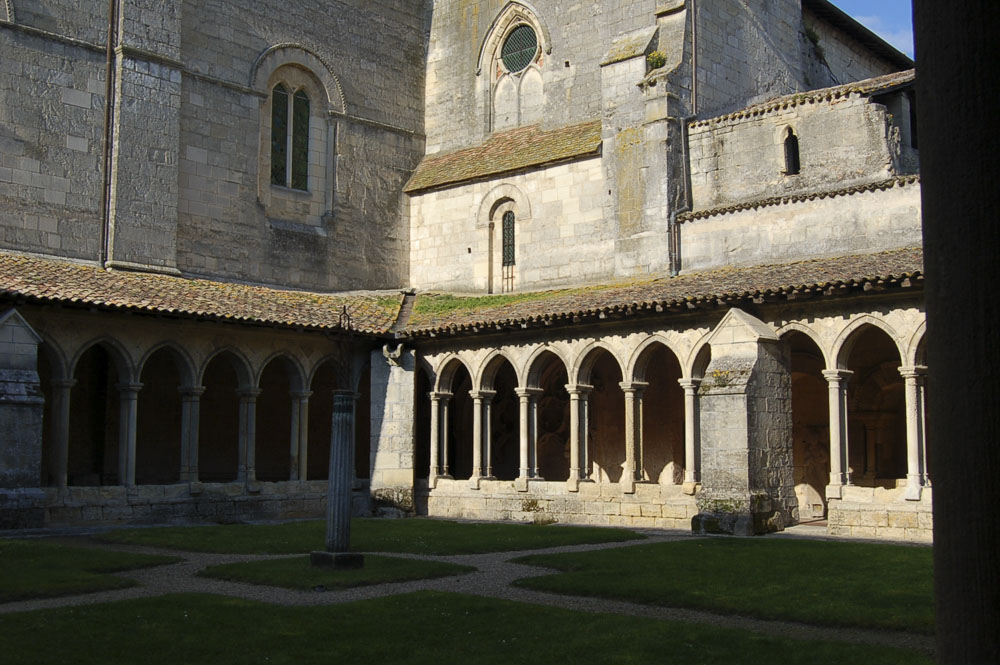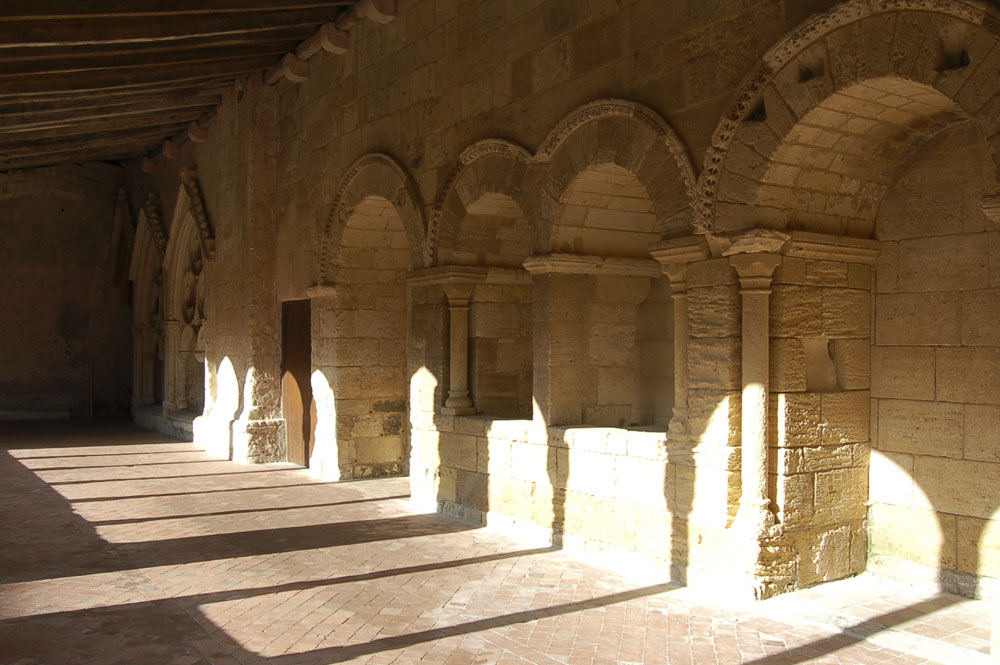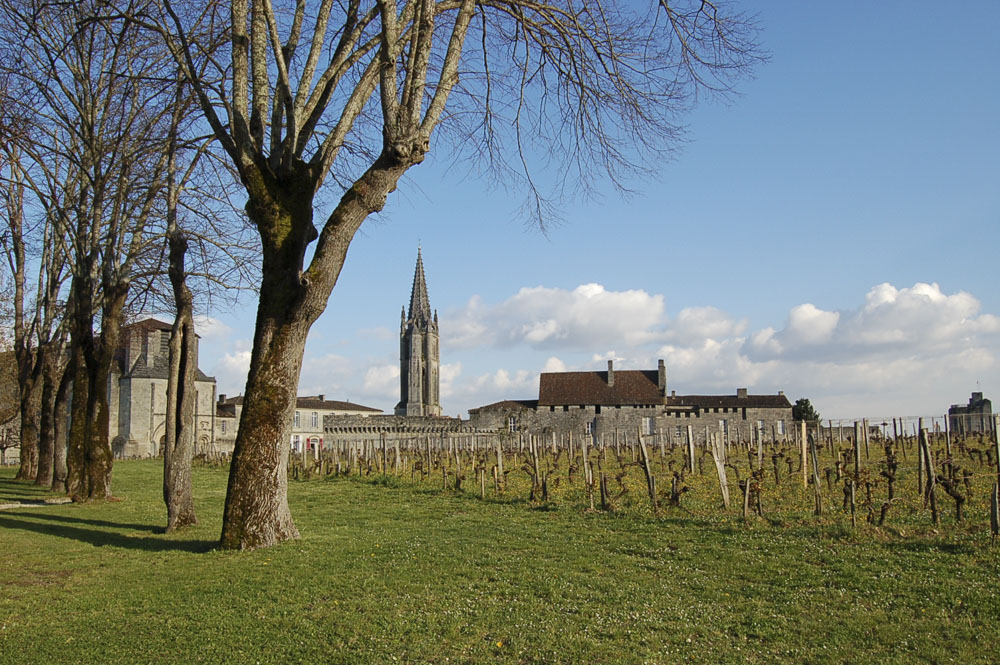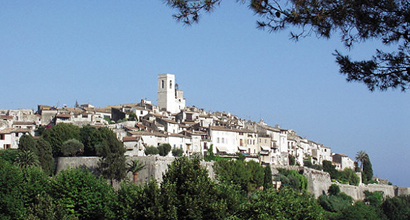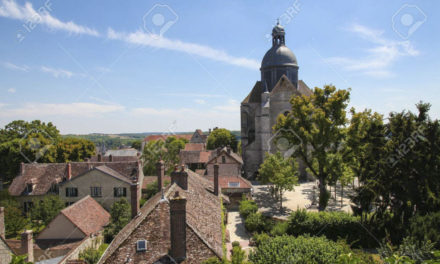Images – Copyright Informationfrance.
Saint-Émilion’s history goes back to prehistoric times and is a World Heritage site, with fascinating Romanesque churches and ruins stretching all along steep and narrow streets.
The Romans planted vineyards in what was to become Saint-Émilion as early as the 2nd century AD. In the 4th century, the Latin poet Ausonius lauded the fruit of the bountiful vine.
The town was named after the monk Émilion, a travelling confessor, who settled in a hermitage carved into the rock there in the 8th century. It was the monks who followed him that started up the commercial wine production in the area.
Book a Hotel in St Emilion
Wine information
Saint-Émilion is one of the four principal red wine areas of Bordeaux (the others being Médoc, Graves and Pomerol). The same grape varieties tend to be used but in a different ratio, with Merlot and Cabernet Franc predominating, while relatively small amounts of Cabernet Sauvignon are used. The region is much smaller than the Médoc and adjoins the wine region of Pomerol.
As in Médoc, the winemakers devised a system of ranking the vineyards. While that of Medoc was done in 1855 Bordeaux Wine Official Classification of 1855 that of Saint-Émilion was first done in 1878. The use of the word “first” is significant, as unlike the Médoc classification which has never been revised (except for the promotion of Château Mouton Rothschild from 2nd to 1st Grand Cru Classe), the Saint-Émilion classification is revised about every 10 years.
Château Ausone, and Château Cheval Blanc are the only two wines currently classified as Premiers grands crus classes A (First Great Growths category A). There are then 13 Premiers grands crus classés B and 47 grands crus classés. In addition, a large number of vineyards are classified as Grand Cru.

